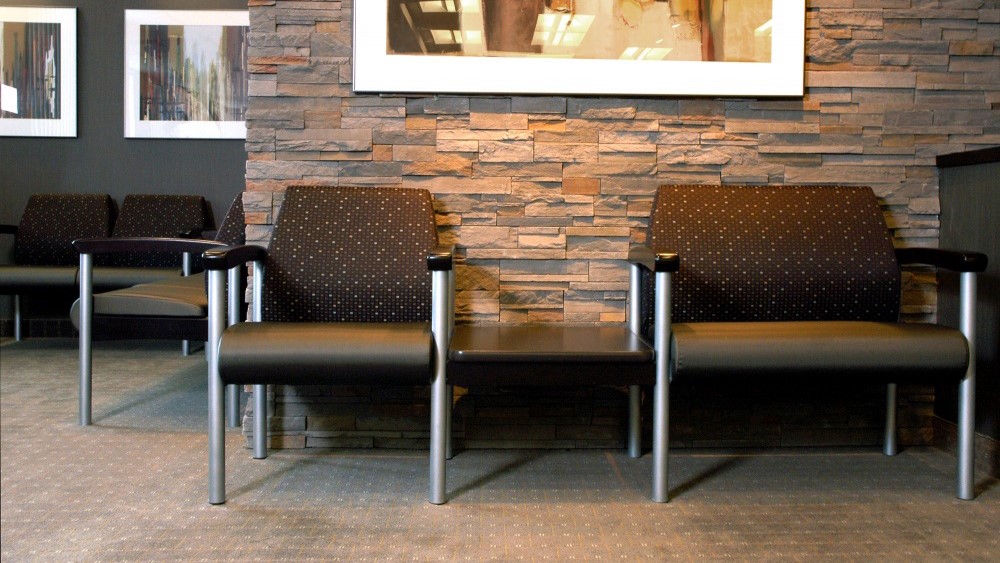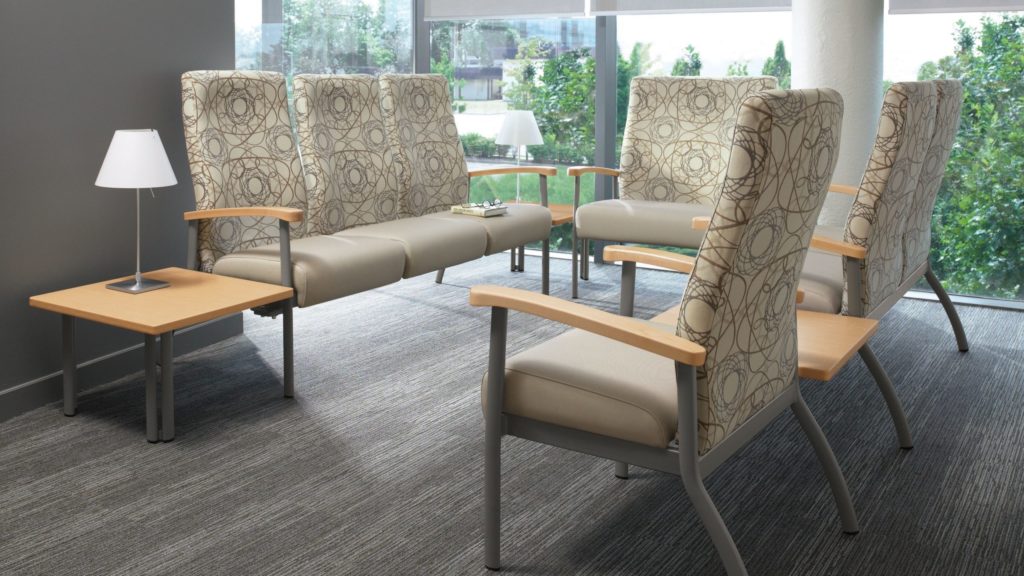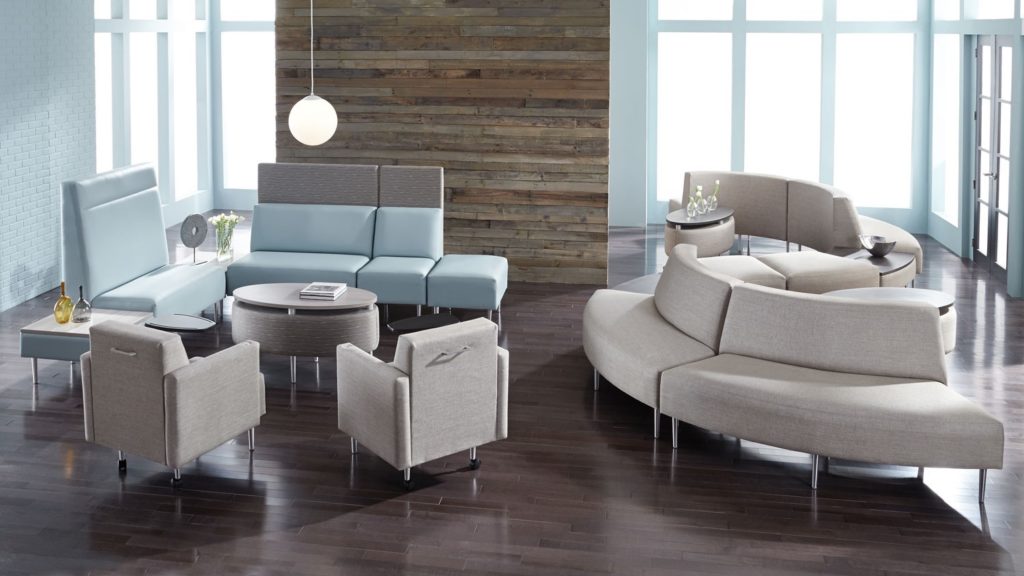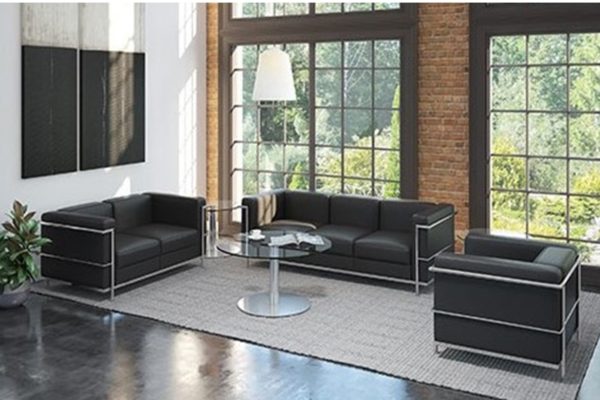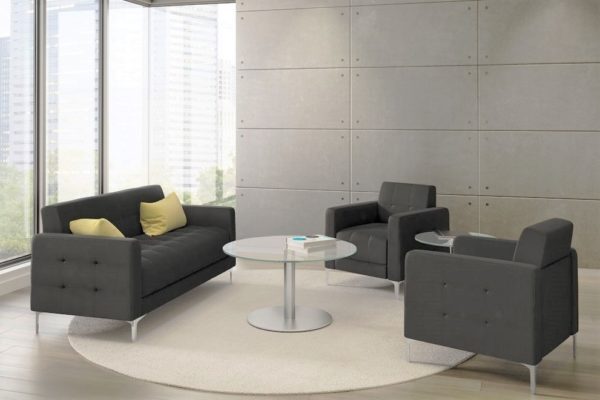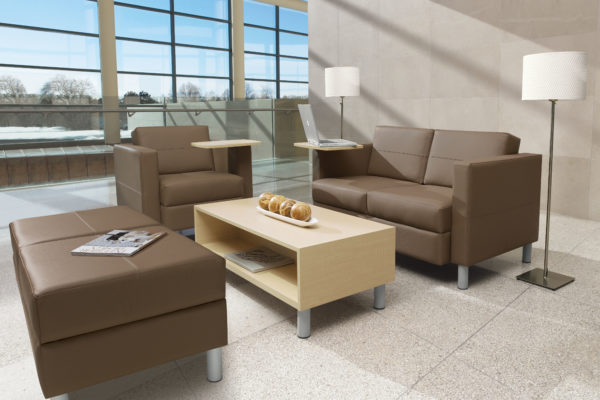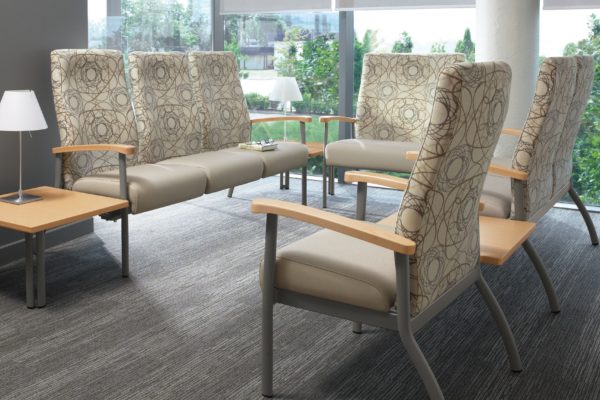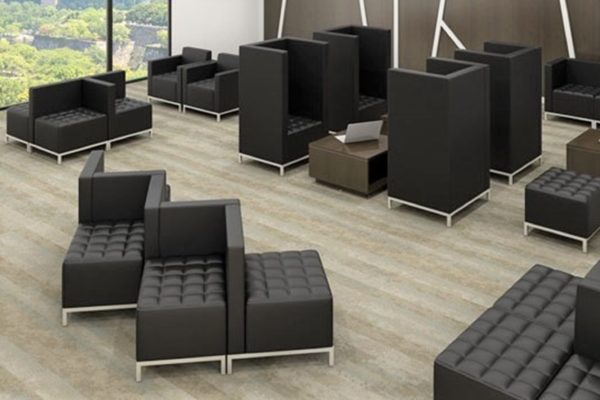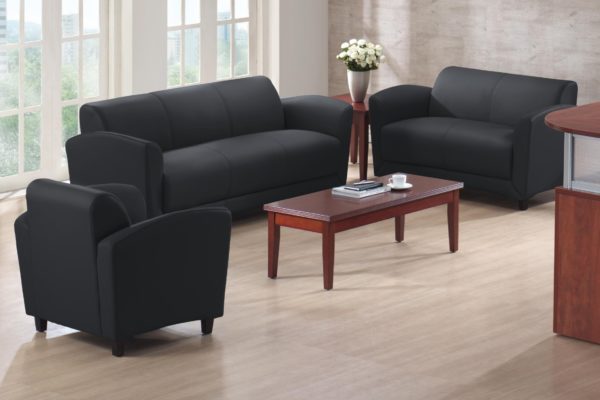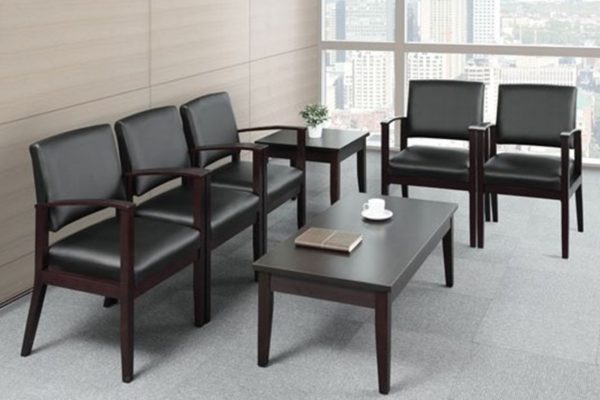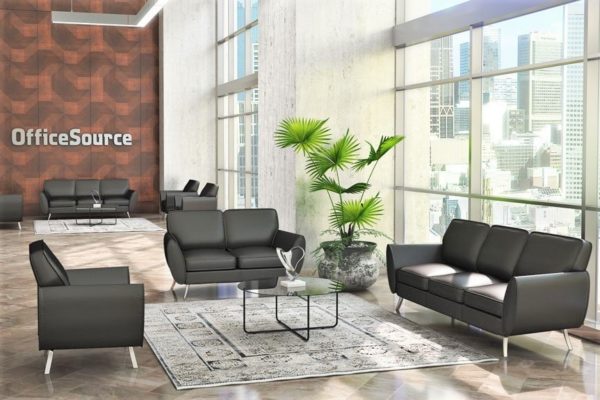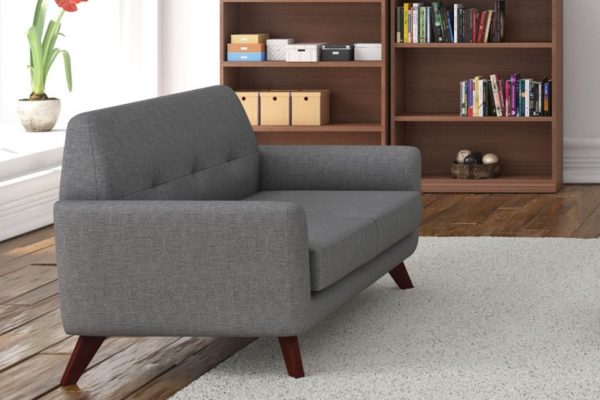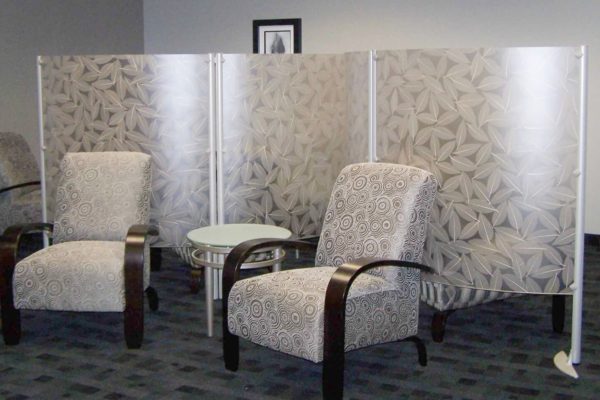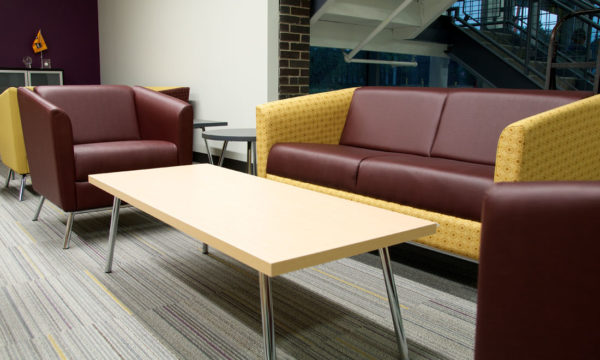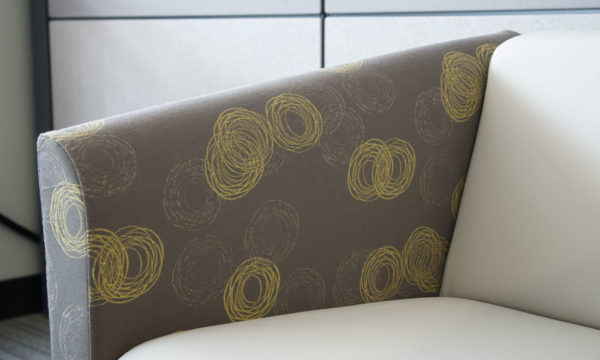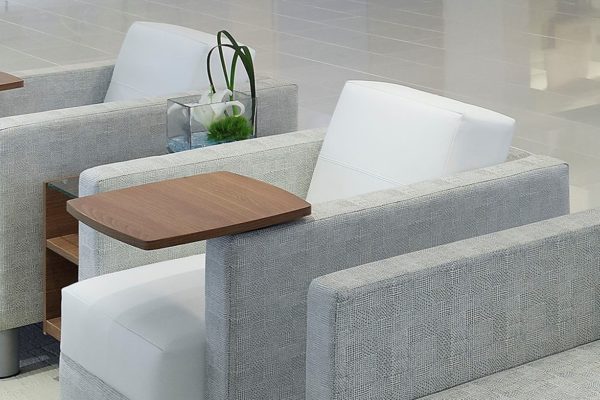Waiting Room Furniture
Waiting rooms are consistently the most overlooked asset in a clinic. When you consider that 97% of patients get frustrated by long wait times at the doctor’s office, you must wonder why waiting rooms don’t receive more attention by clinic owners and their executive directors or office managers.
The reason is rather simple. Both the PROS of having a nice waiting room and the CONS of not having a nice waiting room are somewhat intangible and difficult to measure. Well, let me share some interesting statistics that will get you thinking more about this.
Okay, so 97% of patients are frustrated by their waiting room experience. Does this mean that a clinic loses 97% of its patients every year? Of course not. But here are more stats that will start to raise some eyebrows and get you thinking.
According to the 2018 Vitals study, there’s a strong correlation between how long a patient had to wait and the star rating of the healthcare facility. Physicians with the highest rating had an average wait of just over 13 minutes while those with the lowest ratings had average wait times of more than 34 minutes. Here’s the nitty gritty from Vitals when it comes to wait times;
Five-star rating: 13 min, 17 sec
Four-star rating: 21 min, 32 sec
Three-star rating: 22 min, 11 sec
Two-star rating: 29 min, 34 sec
One-star rating: 34 min, 11 sec
How does your clinic wait time compare to the above? Do you even have systems in place to measure this? Regardless, let me get to my point. Would you agree that you would prefer 4-star and 5-star ratings overall, and that anything less may be detrimental to your business?
Now let’s look at a couple of more statistics. Up to 30% of patients have left a physician’s office before being seen because of the wait time. 20% would even consider changing providers over long waits. And another study states that 1 in 5 patients say they have in fact switched doctors because of long wait times!
AND . . . There’s also a direct correlation between the amount of time a patient waits and a doctor’s rating on the Vitals’ web site.
The report, along with a related patient survey of 675 online respondents, showed that 84% of people believe wait time is either “somewhat important” or “very important” to the overall patient experience at a doctor’s office.
Per Software Advice, last year 82 percent of respondents said they consulted reviews websites with some frequency to view or post comments and ratings for health care providers. This year, that number jumped to 94%. Over 500 U.S. patients were surveyed about their use of online reviews sites. It was also found that the trend of patients using online reviews sites to research medical providers continues to grow.
One more very relevant statistic: Almost three quarters (72%) of patients use online reviews as the very first step to finding a new doctor, so your online reputation is often the first impression you make on many potential new patients.
At the end of the day, if reducing patient waiting times seems a bit daunting, let’s take a small bite out of the elephant. Let’s look at this from another angle. If you can’t reduce your waiting room time per patient, why not enhance their waiting room experience so the wait time doesn’t seem so long? There are many ways to do this. Considering that a patient’s perception of time can be influenced by their immediate surroundings, fixing your waiting room could be the key to better patient experience, better RATINGS, and more new patients. They may wait longer at your clinic compared to national statistics, but they won’t walk out or cop an attitude if they are preoccupied with a pleasant waiting room environment. And if they don’t walk out, they hang out and make the best of it. Then as long as the doctor does his/her job and has a wonderful bedside manner, the patient’s perception of their overall experience is much more positive, and this will directly translate to higher online ratings.
We all know that the costs of patient satisfaction and patient retention are considerably lower than the cost of new patient acquisition. This, and the fact that 72% of new patients initially review their new doctor and clinic options from online ratings, further supports my prior statements that a positive waiting room experience can drive an increase in new patients.
So, how do we create this wonderful waiting room environment? There are several components to this. Here’s a quick list.
- Waiting room furniture that looks good, FEELS good, and is sturdy enough to handle larger patients that need good arm rests and support to get up from their chair after being seated for a while. This also includes some bariatric seating as well (If you’re not familiar with this term, then you definitely need a little help . . . 😊).
- A functional layout that looks inviting – NOT institutional and in rows. For example, clusters of seating with nearby coffee tables or end tables and magazine tables.
- While we’re on the subject of magazines, provide current and interesting publications that suit most of your demographics.
4. Offer a variety of beverages and even snacks. Coffee, tea, water, cocoa, small cookies, etc. (Ever been to a big fancy new car dealership lately? This industry is all about the customer experience. They want you to feel like a million dollars when you are about to spend an average of $36,718 on your new 4-wheeled family member).
5. Do you have a large flat screen TV on the wall? What channel is it on? Fox News? CNN? Regardless of your politics, don’t rile up your patients with these channels! Find a channel that’s fun and entertaining. Better yet, launch an entertaining video loop about your office and your services. How about personalized doctor profiles to better connect with your patients? After all, people choose to be around people they know, like, and trust. What is more personal to entrust someone else with than your own health?
6. Waiting room colors are also very effective and a very inexpensive way to change the “feel” of your waiting room. CALMING colors are best, including blues, greens, grays, tans, and even paler yellows. Pastels are always better and again, the object is to bring calmness to your patients.
7. Waiting room artwork can also contribute to mood. And there are other diversions as well that can contribute to your desired end-result. An aquarium can be very enticing, and simple water features are popular these days.
At the end of the day, step back and look at your present waiting room. Put yourself in your patient’s shoes. Is this a room you’d like to spend time in, like your favorite den or family room at home? If not, then you probably have some things to consider that will enhance your patients’ experience and earn you more “gold stars” on the internet.
